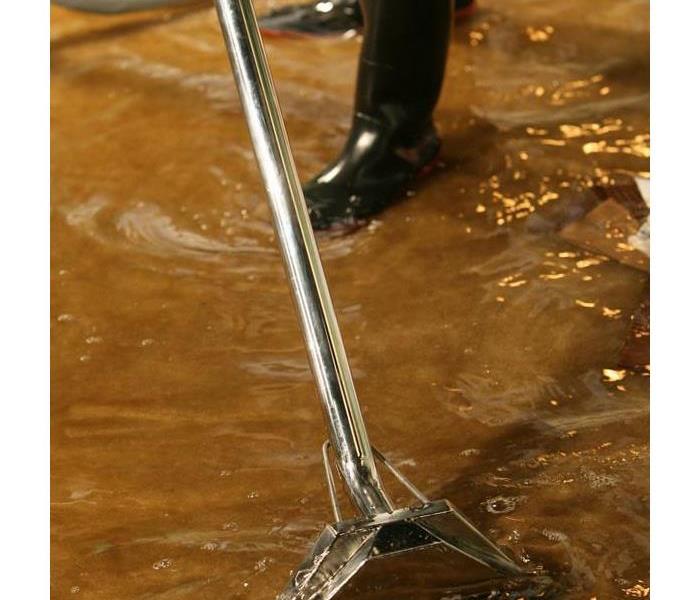Will Flooding Continue?
6/29/2017 (Permalink)
For the second time in a little over a year, our state and county were hit hard by flooding. The storms of late April and early May resulted in evacuations, hundreds of road closures, damage to businesses and residences and five fatalities.
When the rain finally let up and the water crested, an estimated $86 million worth of damage was done in Missouri, including $28 million in costs for individuals whose homes and belongings were affected. The number of homes destroyed by the flooding totaled 369, while 848 had major damage.
Unfortunately, major flooding in the region has become more common in recent years. In December 2015, an estimated $56 million in damage was caused by flooding.
The cities of Franklin County haven’t been immune from the flood damage, as areas along the Bourbeuse, Missouri and Meramec Rivers have been devastated, and at least 12 rivers and major creeks saw record flooding in 2017.
In both the 2015 and 2017 floods, flood water reached up to 5 feet. Currently, codes require new buildings to be built 1 foot above the basic flood level, but some homes that were elevated to 2 feet above the base level still received water on the floor in the most recent flooding.
After two major floods in a 17-month span, the question is, will major flooding become the new norm?
Flooding is the most common and costly natural disaster in the United States, according to the Insurance Information Institute, and it is the most frequent reason for declaring a federal disaster.
Missouri has two types of ways floods develop – flash floods and overbank flooding. Flash floods are quick rising floods and normally occur as a result of unusually intense rains over a short period of time, usually hours. Overbank flooding is commonly found in the Midwest and occurs when rivers reach their capacity and can no longer hold excess rain water or ice melt.
The recent floodings were of course due to intense amount of rains, but there is another culprit – us. We use levees as a means of protection, but sometimes they can be just as harmful as they are helpful. Levees can disrupt the natural flow of rivers, which result in catastrophic events. As more businesses and houses have been built near rivers in recent years, more levees have been built. Levees narrow and straighten the river which forces water to flow higher and faster, instead of outward which slows the river as it spreads.
And although it’s impossible to say how much of a role climate change played in the flooding, many scientists believe it has caused more unpredictable and vicious storms in recent years.
If the trend continues, we could see flooding be more commonplace. If that is the case, it’s important to have a plan in place to deal with the water.
SERVPRO of Franklin County is here to help in any disaster situation. If it’s a residential loss, we want to have your family back at home as soon as possible. If It’s a commercial loss, our goal is to have your business up and running in no time.
To be prepared, SERVPRO recommends using our free service, the Emergency Ready Profile. By developing a SERVPR ERP for your home or business, you minimize business interruption by having an immediate plan of action. Knowing what to do and what to expect in advance is the key to timely mitigation and can help minimize how water and fire damage can affect your home or business.
.Information in this article was found on moenvironment.com, emissourian.com and stltoday.com.


 24/7 Emergency Service
24/7 Emergency Service
